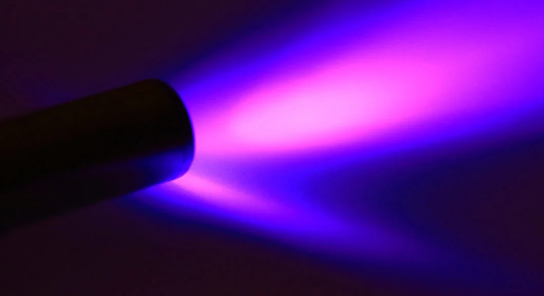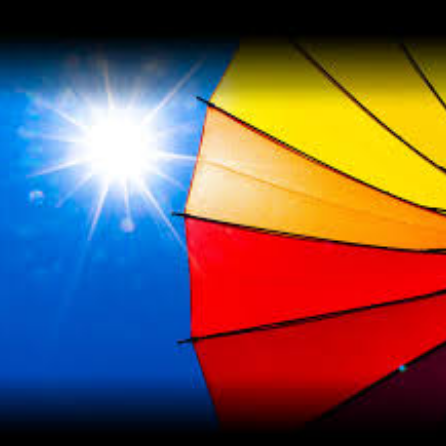1.What is UV Coating?
A UV coating is a surface treatment which a clear compound is applied to paper or media wet, then instantly cured by ultraviolet radiation. Compounds commonly used for coating include calcium carbonate, kaolinite and polyethylene. They are added to viscosifiers to enable strong bonding with paper. A UV coating machine is used to apply the coating after printing.
UV coating is an excellent way to make your print marketing materials stand out: UV coating provides a brilliant glossy sheen to your business cards, postcards, flyers and other materials. Having your print marketing materials UV coated also provides a thick layer of protection for long-lasting durability that gives you the greatest bang for your marketing buck.
UV coatings can vary in reflectivity and thickness, depending on the application, though a high-gloss or subtle matte UV coating are typically used for premium printing applications.
UV coating can be applied to your entire product, both front and back, or just on one side. You can also opt for spot UV coating, in which certain spots are applied with coatings on your design, highlights the images, logos or slogan.

2.What is the UV coating process?
UV Coating can be applied inline or offline via a printer or silk screen or roller respectively.
Generally flood UV coating is applied by a roller UV coater or blanket via offset press; and spot UV coating is applied by a silk screen printer, printing plate via a press, or inkjet spot UV Coater.
3.What is the difference between UV coating and Aqueous coating?
You may ask: “Is UV coating waterproof?” No, UV coating is not waterproof, but it is water resistant.
Aqueous coating is water-based, and though it can be a good coating option for paper, UV coating offers greater gloss and better protection.
Aqueous coating uses IR lamp to dry the coatings while UV coating uses UV lamp to cure the coatings.
4.What is the difference between UV coating and lamination?
Lamination offers good protection, but the lamination process requires edge trimming – which can increase production costs.
Lamination can offer waterproofing, where UV coating does not.
UV coating can be a direct replacement for lamination and provides a protective covering that adds value to any document, increasing the vibrancy and richness of its colours (as well as protection from scratching and fingerprints).
The coatings used for UV coating process is fairly cheaper than the film used for lamination.
5.What is the advantage of UV coating VS laminating?
A. Low per unit cost
B. High speed
C. Environment-friendly, easier to recycle after use
D. Coating may be applied to cut sheets, which means no additional trimming from the edges
6.What is the disadvantage of UV coating VS laminating?
A. More expensive capital expenditure
B. Requires ventilation
C. High power consumption

7.What is benefit of UV Coating?
A. UV coating offers a beautiful glossy sheen that makes your marketing tools stand out because a UV coating will enrich your design and enhance your colors and a UV coating suggests premium products and services. UV coating is smooth to the touch, which means it offers a pleasant tactile experience that customers notice.
B. UV coating protects your print marketing tools. The coating helps resist abrasions, scratches, rubbing and ink smudging. That means your marketing tools look great, longer and stretch your marketing dollars farther. This is particularly important if you need to protect direct-mailers such as postcards, which get shuffled in with other mailers, and when you’re placing posters, brochures, and other marketing tools in high-traffic public locations where they’re likely to be handled.
C. UV coating offers a competitive advantage that can enhance your brand image and maximize your return on investment.
8.What can be UV coated?
Whether you’re printing business cards, direct-mail postcards, booklet and catalog covers, posters and flyers, sales sheets, calendars, or other marketing tools, UV coating can help you attract attention and give your message a premium, refined look that lasts longer and helps you stand out from the competition.
Reg Office: Room 435, Building 9, No.2568 Gudai Road, Minhang District, Shanghai, China.
Pilot Lab: Building 1, No. 589 Qinling Street, Shijiazhuang High-tech Zone,Hebei, China.
Plant Unit 1: Xincheng town clean chemical park, Xinji, Hebei, China.
Plant Unit 2: Dongming County South Chemical Park, Heze City, China.
Tel: +86-21-34943721
Email:Massive@massivechem.com
Info@massivechem.com
Shanghai Massive Chemical Technology Co., Ltd. All Rights Reserved(C)2023 Supported by Record number:沪ICP备18008139号